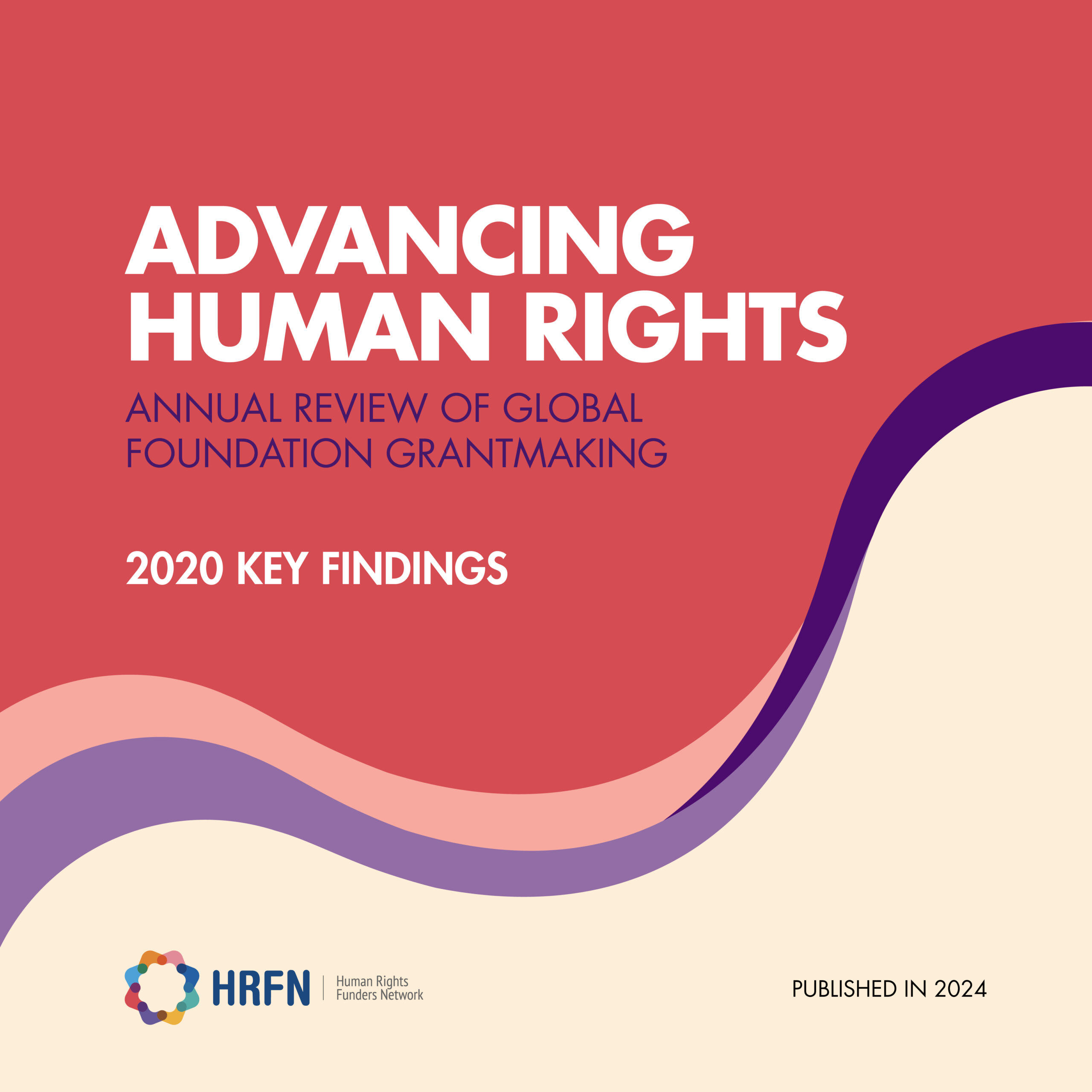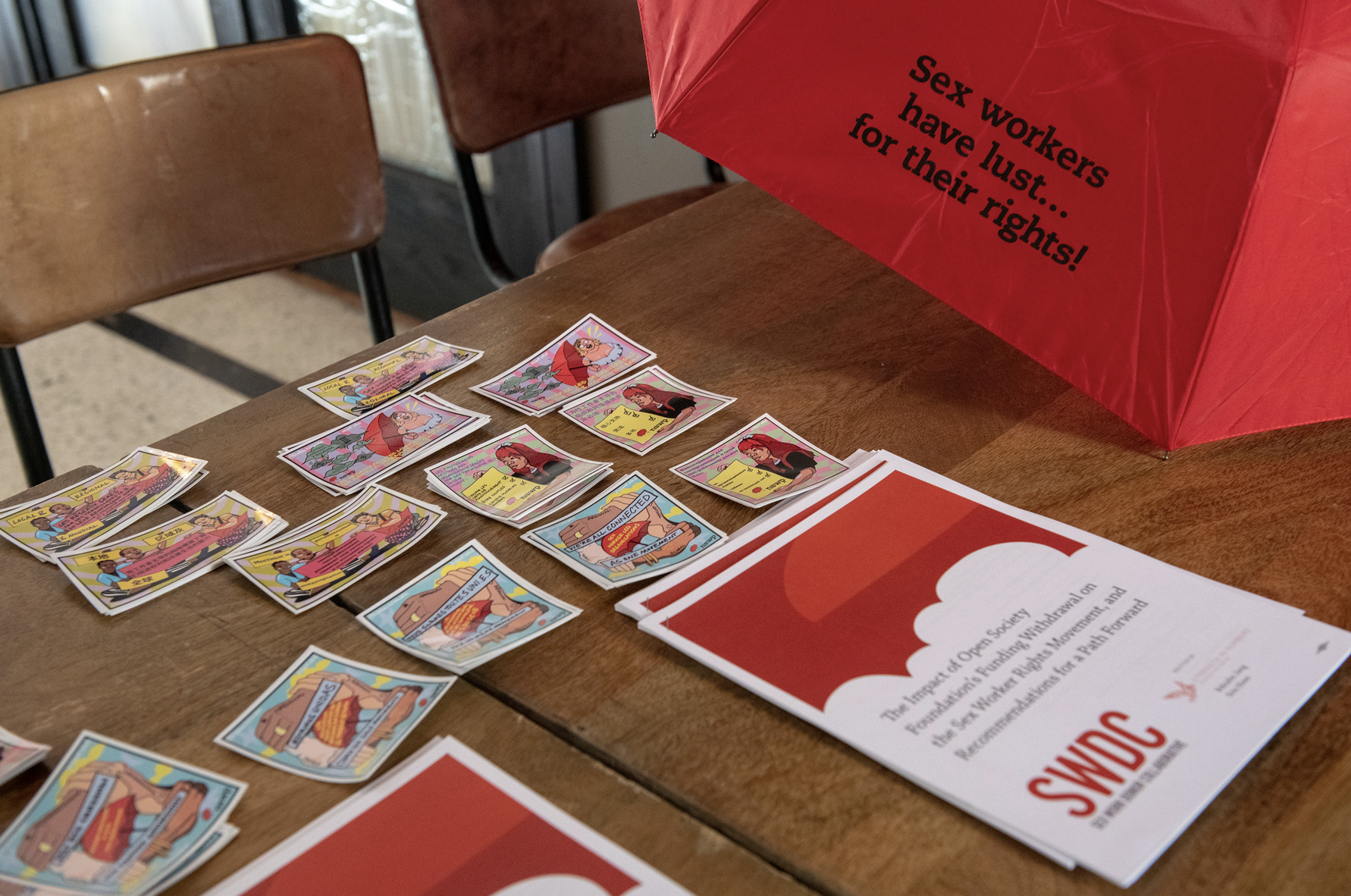By Rachel Thomas, Director of Research Initiatives at Human Rights Funders Network
Almost half of the human rights funding for Sub-Saharan Africa is awarded to organizations outside the region.[i] Jeanne Elone of TrustAfrica is surprised and dismayed by this statistic: “It’s sad that the trend continues to be funding western-based organizations to do work in Africa.” Jeanne agrees international organizations can play a role in amplifying the struggles of African partners, but is concerned that 49% of the $1.2 billion dollars meant to benefit Sub-Saharan Africa went elsewhere between 2011 and 2015. Both Jeanne and Wilfred of UHAI – the East African Sexual Health and Rights Initiative – are curious to dig deeper into this trend to better understand what motivates these decisions.
The issues and populations that funders prioritize also tell a story. Funding for health and well-being increased steadily during the timeframe, and received more funding than any other issue tracked. Meanwhile, “women and girls” and “children and youth” were by far the top populations supported. It’s not surprising that a significant share of resources is allocated to these areas: health is a critical issue, and the Ebola crisis of 2014 may account for a large part of this concentration. Yet, that so little human rights funding mentions indigenous peoples, migrants and refugees, the LGBTQI community, or sex workers is striking. “One thing the data confirmed for me,” explains Jeanne, “is that we [funders] stick to safe places in human rights and aren’t funding the more challenging areas and populations. It’s a sad confirmation that we don’t take those risks.”
The landscape is also changing. Wilfred questions the impact that rising conservatism in the global north is having on funding for Sub-Saharan Africa. Are funders in the global north redirecting their resources as domestic concerns grow and foreign aid budgets shrink? Jeanne points out that Africa also saw populist shifts during this timeframe, like in Kenya, Zimbabwe, and Uganda. Both question how this changing environment has impacted funding strategies on the continent. Did funders increase their investment in public awareness raising by 350% because they were caught off guard by apathetic, ill-informed voters? Did they scale back funding for research and documentation because they found it wasn’t an effective use of resources?
Looking forward, Jeanne and Wilfred expect insecurity, insurgency, and shrinking civic space to continue in Sub-Saharan Africa. They say sustained human rights funding is more critical now than ever and encourage funders to take risks, fund beyond their historic priorities, and be strategic in their engagement. They hope to see more donors invest in marginalized groups and a funding shift where African organizations are entrusted with the resources to drive the developmental and governance agenda. Wilfred sees the $13 million increase for capacity building in the region as an encouraging sign.
Though the data raises new questions, Wilfred and Jeanne see value in using it as a launching point for discussion. “We operate in a field that is not always the most encouraging,” explains Jeanne. “You’re constantly facing brick walls, and challenges, and funding restrictions, so it’s nice to look at the funding trends and feel that the work is being captured somewhere, that there’s a recognition of the struggles the field is going through, and opportunities to reflect on the field as a whole.” That’s exactly what we hope the data will do – spark dialogue.
[i] The Advancing Human Rights initiative tracks the evolving state of global human rights grantmaking. It is a collaboration between Human Rights Funders Network and Foundation Center, in partnership with Ariadne and Prospera, and maps the issues addressed, funding strategies used, and populations and regions served. The goal is to give funders and advocates the information they need to inform their decisions and increase their effectiveness.
Between 2011 and 2015, we collected data on almost 100,000 human rights grants from 1,193 funders in 114 countries. We recently released our first-ever trends analysis based on a subset of 561 funders who shared data all five years. In this Data in Dialogue series we take a closer look at the regions and populations to put funding trends in context and consider their implications.



